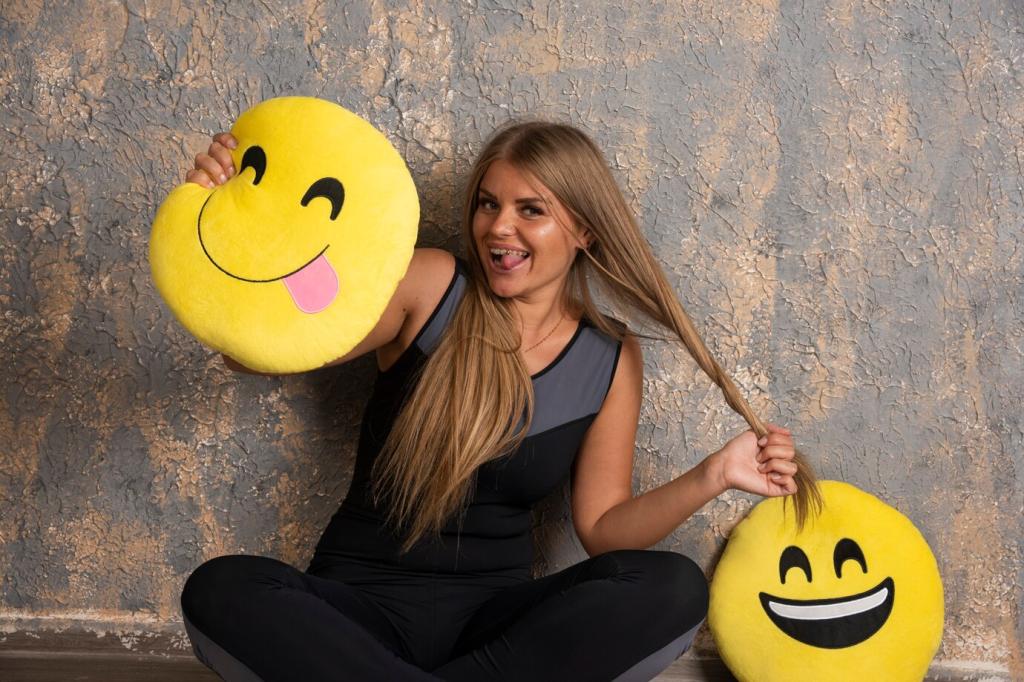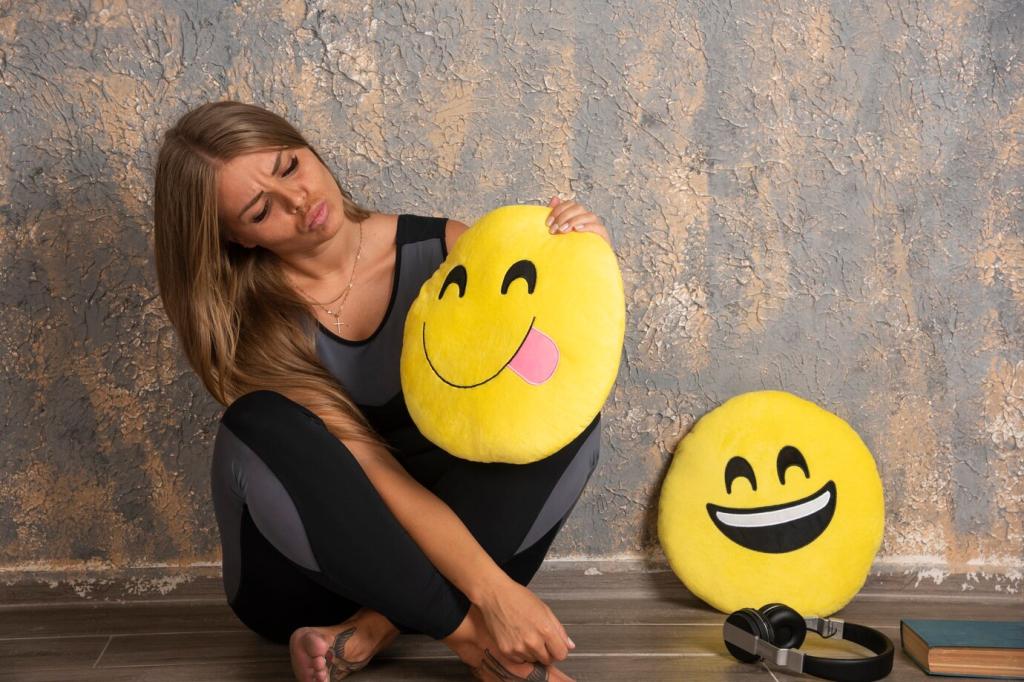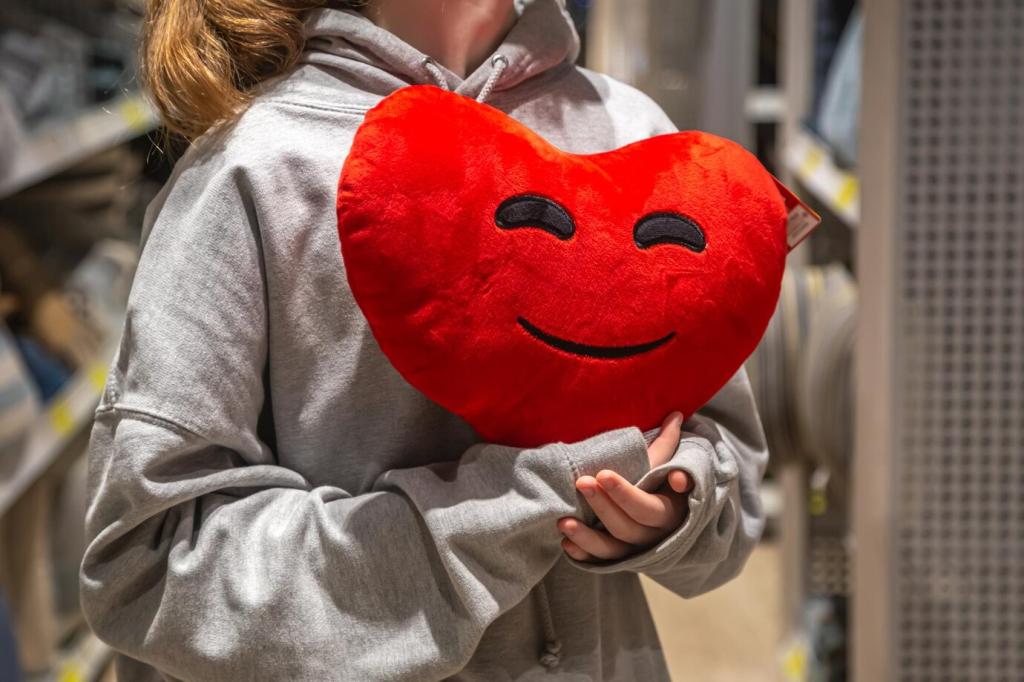Morning Anchors That Set the Tone
Within the first hour, bring natural light to your eyes, sip water slowly, and take a minute to breathe deliberately. This trifecta signals wakefulness, stabilizes your mood, and reminds your mind that it can move intentionally rather than react impulsively.
Morning Anchors That Set the Tone
Write three short sentences about how you want to feel, what truly matters today, and one small step toward it. This micro-ritual shapes attention, reduces rumination, and offers a compass when tension tries to pull you off course.










